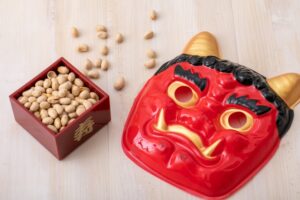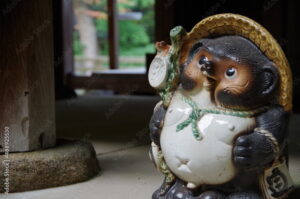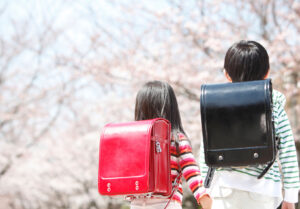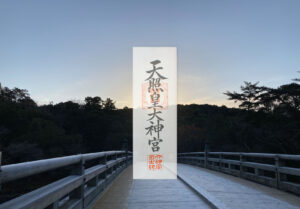February 14 is Valentine’s Day. All over the world, love is celebrated in different forms. In Japan, in the past, it was a day for women to confess their love to men or for women to give chocolates to men, but this trend has been changing dramatically in the past decade. Even so, February is still a time of fierce competition that can make or break the confectionery industry.
February in Japan is a battle for chocolate
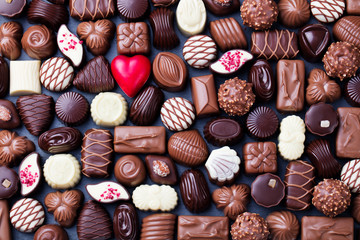
It is said that 20% of the annual consumption of chocolate in Japan takes place in February. According to a household survey by the Statistics Bureau of the Ministry of Internal Affairs and Communications, a quarter of the annual chocolate spending per household is concentrated in February.
For the confectionery industry, this is a time of war to secure sales.
Valentine’s Day, when women give chocolates to men
The Japanese custom of Valentine’s Day, in which women give chocolates to men as a token of their affection or confession of love, is well established. This custom was created as a result of repeated sales measures by the confectionery and distribution industries, which experienced a drop in sales in February.
Although the way to enjoy Valentine’s Day as a commercialized event has changed over time, it is still one of the most popular national events, with a market size estimated to be second only to that of Christmas.
Are there different types and ranks of chocolates to give?
Chocolates are called and ranked differently depending on the recipient.

Honmei Choco
“Hommei Choco” is a classic Japanese Valentine’s Day gift, in which a woman gives chocolate to a man as a token of her love and affection.
It is a confession of love from a woman to a man, or an expression of affection to a husband, lover, or partner.
Gyaku choco
Chocolates given by a man to a woman as a confession of love. Since the standard Japanese Valentine’s Day gift is “from a woman to a man,” this is called “Gyaku-Choko” (reverse Valentine’s Day gift).
The recipient can be a girlfriend, wife, partner, or woman with a crush.
This may be problematic from a gender perspective, but since Valentine’s Day in Japan started as a “gift from a woman to a man,” this expression is likely to be used for a while longer.
My Choco
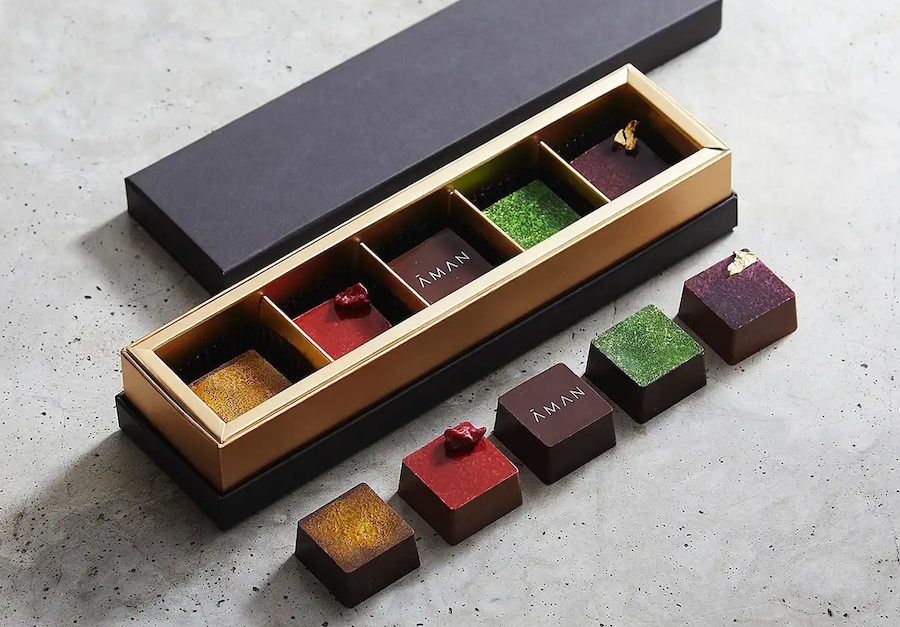
“My Choco” is chocolate that is purchased for one’s own enjoyment. There are various names for it, such as ” Jibun Choko / Chocolate for myself” or “Gohobi Choco / Reward Chocolate”.
The reason for buying these chocolates is to reward oneself for one’s own hard work, and therefore, luxury chocolates are often chosen.
Fami Choco

“Fami Choco” is a type of chocolate that is given to fathers and grandfathers and enjoyed by the family together.
More and more women are buying these chocolates to enjoy a luxurious café time with their families.
Tomo Choco
Chocolates that are mainly given to female friends are called ” Tomo Choco“.
Chocolates that are “kawaii (cute)” and trendy are the most popular choices. This trend is growing among a wide range of people, from students to working adults.
Giri Choco

“Giri-choco” is chocolate that is given by women to men whom they are regularly helpful to, not out of affection, but as a courtesy.
These include friends of the opposite sex, company bosses and colleagues, business partners, and others with whom they have a regular relationship.
The price is relatively inexpensive chocolates.
Recently, there has been an increase in the financial and emotional burden and dissatisfaction on the women’s side, dissatisfaction and burden on the men’s side because they have to return gifts the following month, and opinions that view this as sexual harassment. As a market, it is on the decline.
Sewa Choco
“Sewa Choco” is a type of “giri-choco” that is used when the giver is very thankful for the recipient’s support.
Fan Choco
“Fan Choco” are presented to celebrities, athletes, characters, and other people whom one supports.
Bara-maki Choco
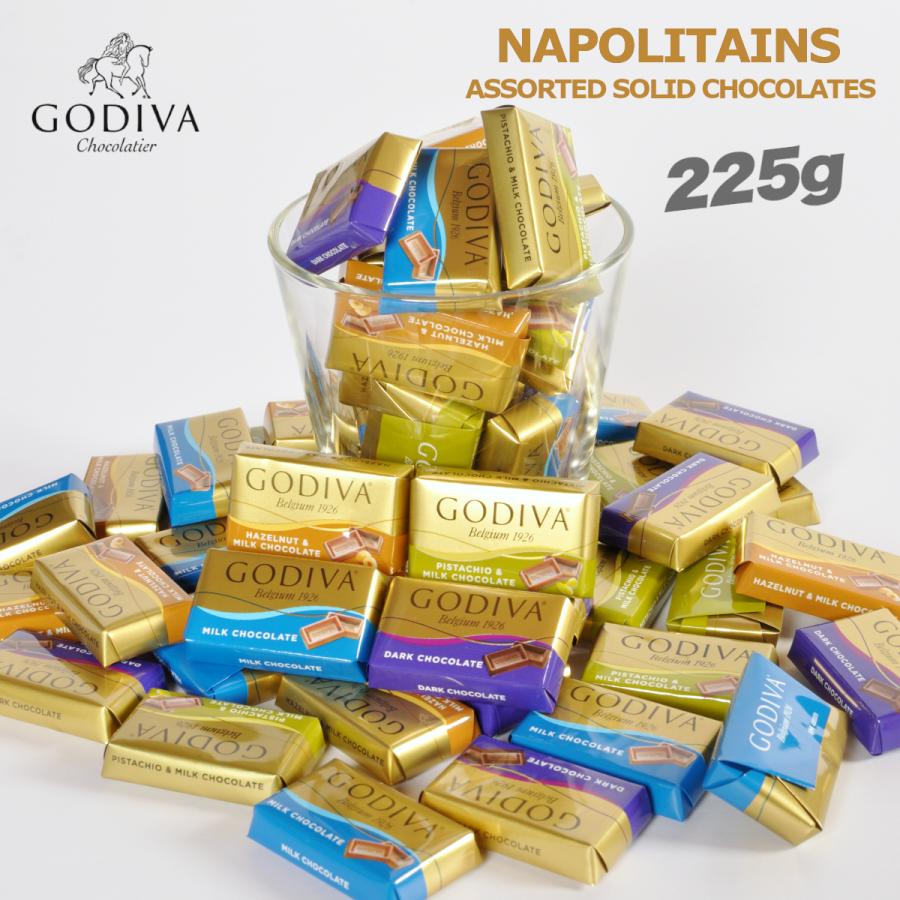
Chocolates to be handed out to many people easily during the Valentine’s Day season are “Bara-maki choco“. It is a lighter way of saying “thank you” than Giri choco. Individually packaged chocolates are popular.
Even though there is a growing awareness of gender and food loss issues and a backlash against commercialized events, from late January to mid-February, delicious chocolate can be purchased throughout Japan. Enjoy!


